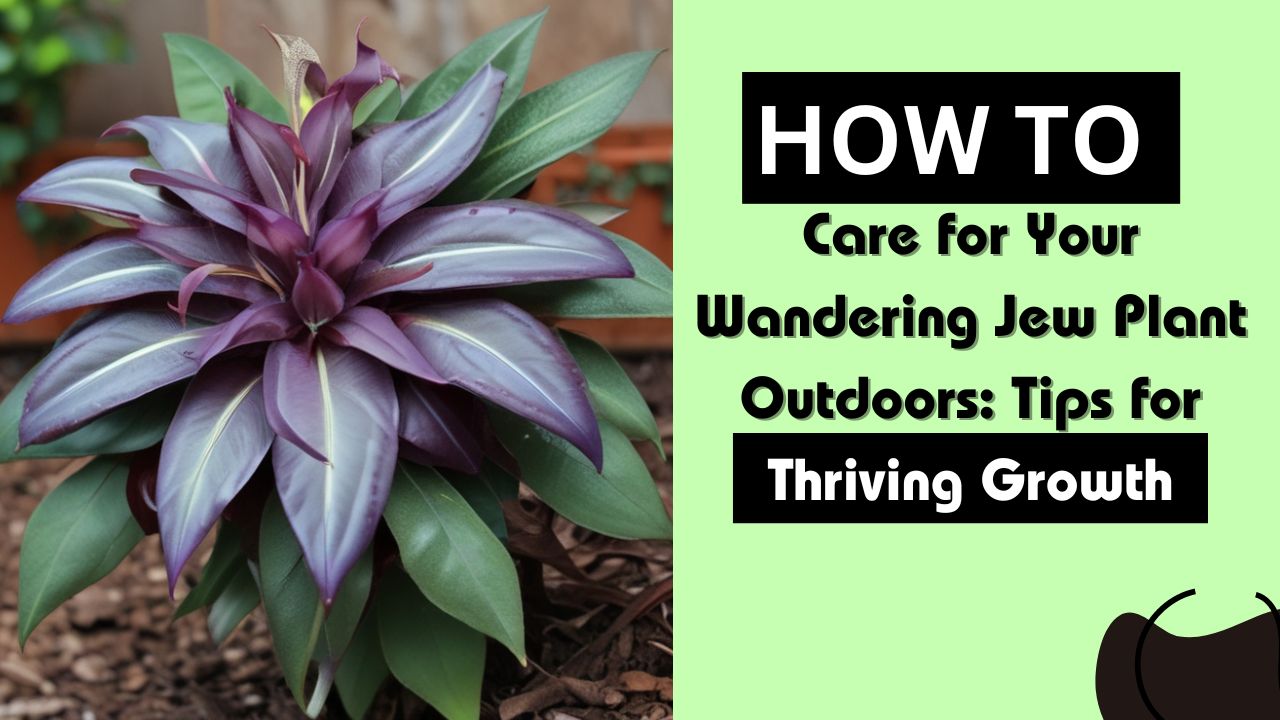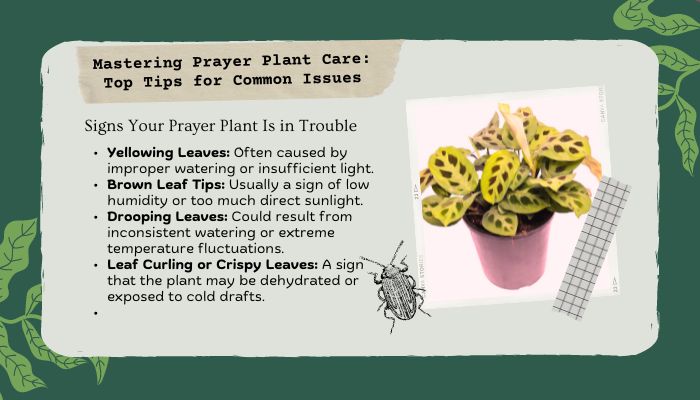If you’re looking to add vibrant color and lush growth to your outdoor space, the Wandering Jew plant (Tradescantia) is a perfect choice. Known for its beautiful purple, green, and silver foliage, this hardy plant can thrive in warm climates and is surprisingly easy to care for.
Best Outdoor Conditions for Your Wandering Jew
Sunlight: To grow successfully, place your Wandering Jew in areas with bright, indirect sunlight. While it can tolerate partial shade, too much direct sunlight can cause the vibrant leaves to fade or even burn. If you’re in a very sunny location, make sure it’s sheltered during the hottest part of the day. East- or west-facing spots are ideal, where they can get morning or late afternoon sun without the harsh midday heat.
Temperature and Zones: These plants thrive outdoors in USDA hardiness zones 9-11, where they can handle warm temperatures and humidity. However, be mindful of cooler climates—Wandering Jew doesn’t tolerate frost well. If you live in an area with cold winters, consider growing it in containers so you can move it indoors when temperatures drop below 50°F (10°C).
Watering and Soil Tips for Wandering Jew Care
Watering: While outdoors, your Wandering Jew will appreciate regular watering, especially during hot summer months. However, make sure the soil drains well to prevent root rot. Allow the soil to dry out slightly between watering sessions. Typically, once a week is enough, but in very hot weather, you may need to increase the frequency.
Soil: Plant your Wandering Jew in rich, well-drained soil. If you’re using containers, ensure they have good drainage holes. A high-quality potting mix with added organic material like compost will provide the nutrients it needs.
Pruning and Propagation
Pruning: Regular pruning is essential for outdoor Wandering Jew care. This plant is a vigorous grower, so trim back leggy or dead stems to promote bushier growth. Pruning not only enhances its aesthetic but also encourages the plant to grow fuller.
Propagation: If your plant gets too leggy or you simply want more of these beautiful plants, you can easily propagate it. Cuttings from healthy stems can be rooted in either water or directly in soil. The cuttings will quickly develop roots, allowing you to fill out your garden even more.
Common Outdoor Challenges
Pests: Although generally hardy, outdoor Wandering Jew plants can occasionally face pests like spider mites and aphids. A good rule of thumb is to inspect the leaves regularly. If you notice signs of infestation, a solution of mild soap and water can help get rid of these pests.
Winter Care: In colder zones, the plant may die back in winter but can regrow in spring. If grown in containers, move the plant indoors during cold snaps or cover it to protect from frost.
FAQs
Can I grow Wandering Jew plants in full sunlight?
While they can tolerate some direct light, Wandering Jew plants grow best with indirect sunlight. Too much direct sun may scorch the leaves.
Is Wandering Jew invasive outdoors?
In some regions, this plant is considered invasive, as it grows quickly and can take over if not managed properly. Regular pruning helps keep its growth in check.
How often should I water my Wandering Jew outside?
Water your Wandering Jew once a week, ensuring the soil dries out between watering to avoid root rot. Increase watering in hotter conditions.






